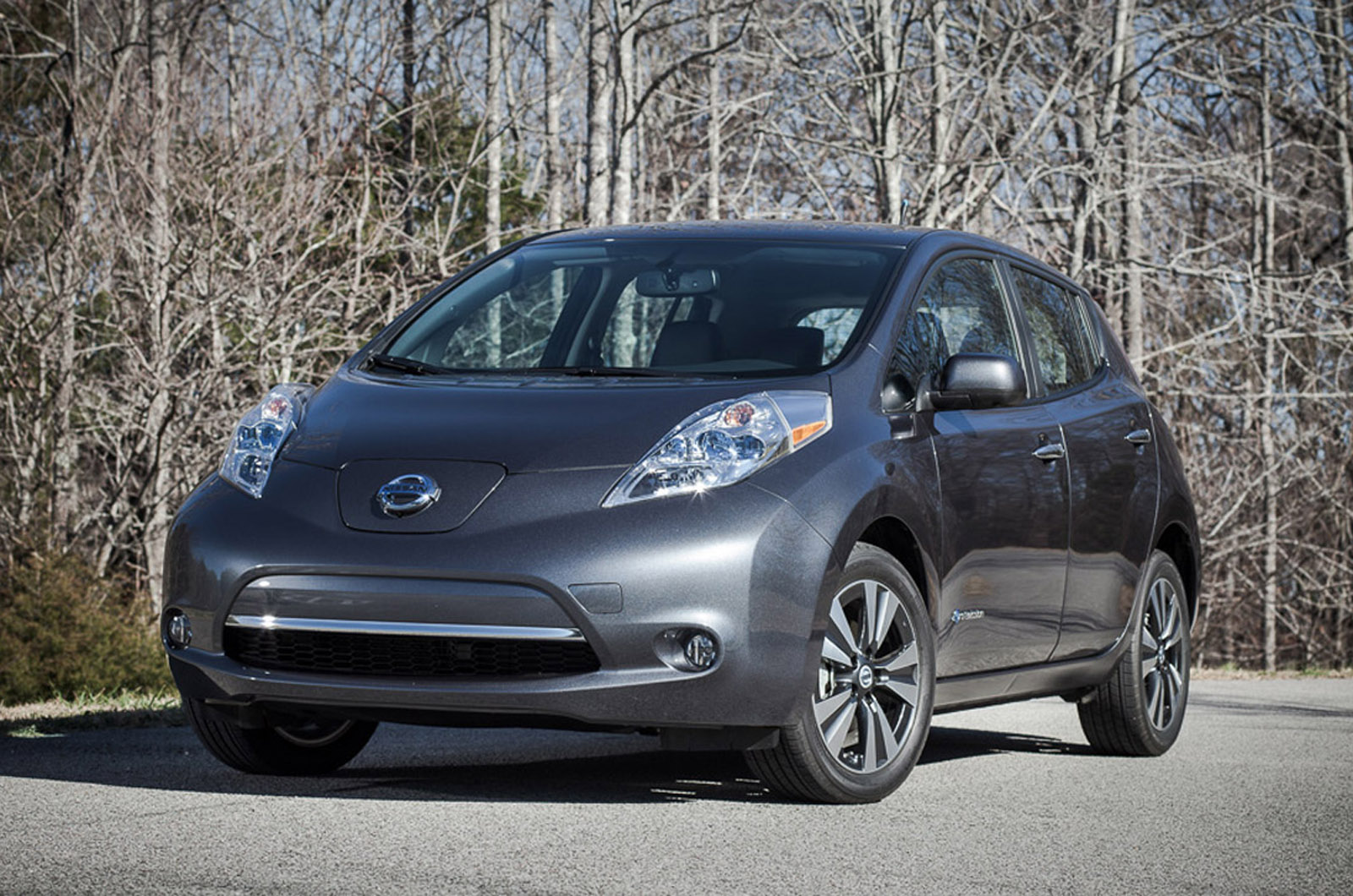How Heavy Is The2013 Nissan Leaf

Alright, let's talk about the weight of a 2013 Nissan Leaf. It might seem like a simple question, but understanding the weight distribution and component weights is crucial if you're planning on doing any serious work on your Leaf – from suspension upgrades to battery maintenance or even just understanding how it handles on the road. We're going to break down the key components, their approximate weights, and what you need to be aware of when working around them.
Purpose: Knowing the weight of your Leaf is important for several reasons. Firstly, it's essential for any suspension work. Choosing the right springs and dampers requires accurate weight information. Secondly, understanding weight distribution impacts handling characteristics. Finally, if you're ever considering modifications, like adding aftermarket components, you need to factor in how that will affect the overall weight and balance of the vehicle. Knowing where the weight is centered is important for maintenance and repair work. For instance, when lifting the car, its center of gravity determines the safest jacking points.
Key Specs and Main Parts
The official curb weight for a 2013 Nissan Leaf SV or SL trim typically falls around 3,208 pounds (1,455 kg). The S trim is typically a bit lighter. However, it's critical to remember that this is a nominal figure. Real-world weight can vary slightly depending on optional equipment, battery health, and even how much junk you have in the trunk.
Major Components and Approximate Weights:
- Battery Pack: This is the heavyweight champion of the Leaf, accounting for a significant portion of the overall mass. The 24 kWh battery pack weighs in at approximately 670 lbs (304 kg). This weight is located low in the vehicle, between the axles, which contributes to a lower center of gravity and improved handling.
- Electric Motor: The electric motor itself is relatively compact but still weighs around 165 lbs (75 kg). This motor drives the front wheels through a single-speed reduction gear.
- Power Control Unit (PCU): The PCU, which manages the flow of power between the battery, motor, and other systems, contributes approximately 88 lbs (40 kg).
- Inverter: The inverter is a crucial component, converting DC power from the battery into AC power for the motor. It also contributes to the weight, adding around 44 lbs (20 kg).
- Transaxle: The Leaf has a single-speed transaxle, which is lighter than a typical multi-speed automatic transmission, but still adds around 70 lbs (32 kg).
- Body and Chassis: The body shell and chassis make up a substantial portion of the remaining weight. Steel and aluminum components contribute to structural integrity while minimizing weight where possible. The body itself is estimated to weigh roughly 1500 lbs (680 kg).
- Other Components: This includes everything else – interior components, seats, wiring harnesses, wheels, tires, brakes, suspension components, fluids, etc. This collective category adds up to the remaining weight, accounting for roughly 700 lbs (317 kg).
It's important to note that these are estimates. For precise weights, you'd need to consult official Nissan documentation or weigh individual components yourself. However, these figures give you a good ballpark understanding of where the weight is concentrated.
Weight Distribution
The Leaf's weight distribution is roughly 56% front and 44% rear. The heavy battery pack being located low and centrally improves this. But the front motor and inverter add weight bias to the front wheels. This is worth noting for any handling modifications or tire selection. A front-heavy car might require different tire pressures or suspension tuning than a more balanced vehicle.
How It Works
The Leaf's weight affects its performance in several ways. The relatively low center of gravity, thanks to the battery placement, contributes to reduced body roll during cornering and improved stability. However, the overall weight can impact acceleration and braking performance. A heavier car requires more energy to accelerate and a greater braking force to stop. The Leaf has a regen system so it can decelerate and charge the battery.
Real-World Use – Basic Troubleshooting Tips
- Suspension Issues: If you're experiencing sagging suspension, especially at the rear, it could be a sign of worn-out springs or shocks. The weight of the battery can accelerate wear on these components. When replacing suspension parts, ensure you choose components rated for the correct weight load.
- Tire Wear: Uneven tire wear can indicate alignment issues, but it can also be exacerbated by improper tire inflation or overloading the vehicle. Always adhere to the recommended tire pressure specifications.
- Range Anxiety: Weight impacts range. The heavier the load, the more energy is needed to move the car. Reduce unnecessary weight to improve range.
- Braking Performance: Be mindful that a heavier vehicle requires more stopping distance. Maintain adequate following distance, especially in wet or slippery conditions.
Safety – Highlight Risky Components
The battery pack is the most dangerous component. It contains high-voltage DC electricity, which can be lethal. NEVER attempt to disassemble or work on the battery pack yourself unless you are a qualified and experienced technician with the proper training and equipment. Even then, extreme caution is necessary. Before working on any electrical components, disconnect the high-voltage system according to the manufacturer's instructions. Allow time for capacitors to discharge to avoid electric shock. This is non-negotiable. Incorrect handling can result in serious injury or death.
Even working around the high-voltage cables requires specialized tools and knowledge. Never cut or damage these cables. They are usually brightly colored (orange or yellow) and clearly marked with warning labels.
Download the Diagram
For more detailed information, we have a component diagram available for download that shows the location of the major components and their approximate weights. This diagram can be invaluable for planning repairs or modifications.
